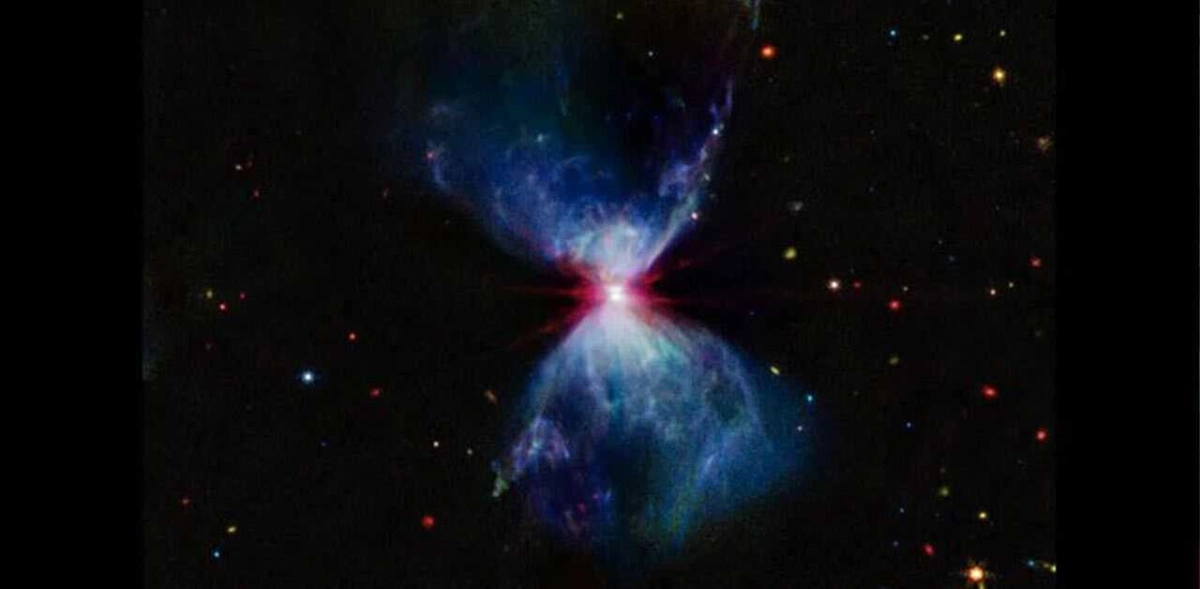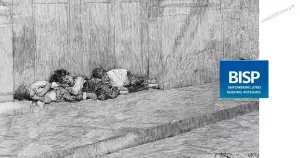NASA captured stars cosmic fireworks. A fresh image of the L1527 nebula, displaying the initial phases of star formation, has been obtained by NASA’s James Webb Space Telescope. Using Webb’s Mid-Infrared Instrument (MIRI), this picture was captured.
A young protostar may be seen in the image at the heart of a bright hourglass shape. There is a substantial cloud of gas and dust surrounding this protostar, which is only 100,000 years old.
PEOPLE ALSO CHECK ABOUT
Thick gas and dust layers surrounding the protostar are depicted in the figure by the red regions. The surrounding nebula contains carbon-based compounds known as polycyclic aromatic hydrocarbons (PAHs), which are depicted in the blue sections.
Strong gas outflows from the protostar form the hourglass shape. The vivid, colorful effect shown in the picture is produced by these jets, which illuminate the surrounding cloud.
The nebula appeared differently in previous Webb’s Near-Infrared Camera (NIRCam) exposures. The impact of the protostar’s outflows on the surrounding gas and dust is better seen in the latest MIRI image.
PEOPLE ALSO CHECK ABOUT
Eventually, the protostar will consume much of the surrounding cloud as it grows larger. This procedure will aid in the future formation of new stars.
One important space scientific observatory is NASA’s James Webb Space Telescope. It involves understanding the origins of the universe, traveling through our solar system, and learning about far-off worlds. Leading the international telescope project is NASA, in collaboration with the Canadian Space Agency and the European Space Agency (CSA).








